SLUSC76C July 2015 – May 2018
PRODUCTION DATA.
- 1 Features
- 2 Applications
- 3 Description
- 4 Revision History
- 5 Description (continued)
- 6 Device Comparison Table
- 7 Pin Configuration and Functions
- 8 Specifications
-
9 Detailed Description
- 9.1 Functional Block Diagram
- 9.2
Feature Description
- 9.2.1 Device Power-On-Reset (POR)
- 9.2.2 Device Power Up from Battery without Input Source
- 9.2.3 Device Power Up from Input Source
- 9.2.4 Input Current Optimizer (ICO)
- 9.2.5 Boost Mode Operation from Battery
- 9.2.6 Power Path Management
- 9.2.7 Battery Charging Management
- 9.2.8 Battery Monitor
- 9.2.9 Status Outputs (PG, STAT, and INT)
- 9.2.10 BATET (Q4) Control
- 9.2.11 Current Pulse Control Protocol
- 9.2.12 Input Current Limit on ILIM
- 9.2.13 Thermal Regulation and Thermal Shutdown
- 9.2.14 Voltage and Current Monitoring in Buck and Boost Mode
- 9.2.15 Battery Protection
- 9.2.16 Serial Interface
- 9.3 Device Functional Modes
- 9.4 Register Maps
- 10Application and Implementation
- 11Power Supply Recommendations
- 12Layout
- 13Device and Documentation Support
- 14Mechanical, Packaging, and Orderable Information
Package Options
Mechanical Data (Package|Pins)
- RTW|24
Thermal pad, mechanical data (Package|Pins)
- RTW|24
Orderable Information
10.2.3 Application Curves
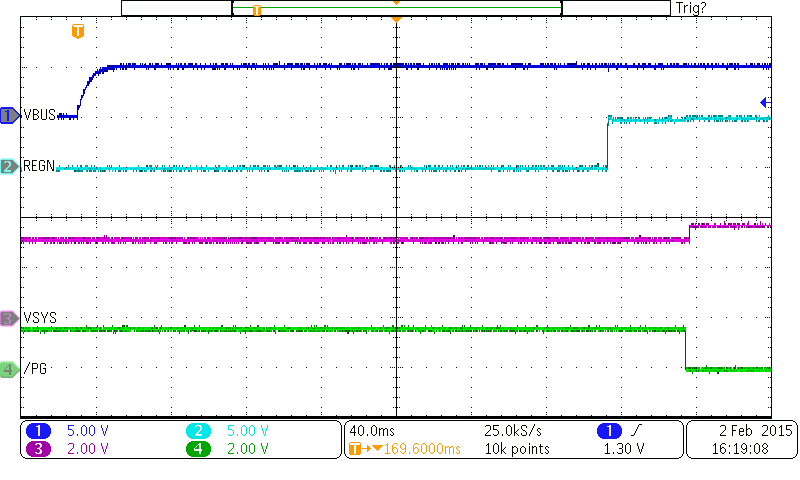
| VBAT = 3.2 V | ||
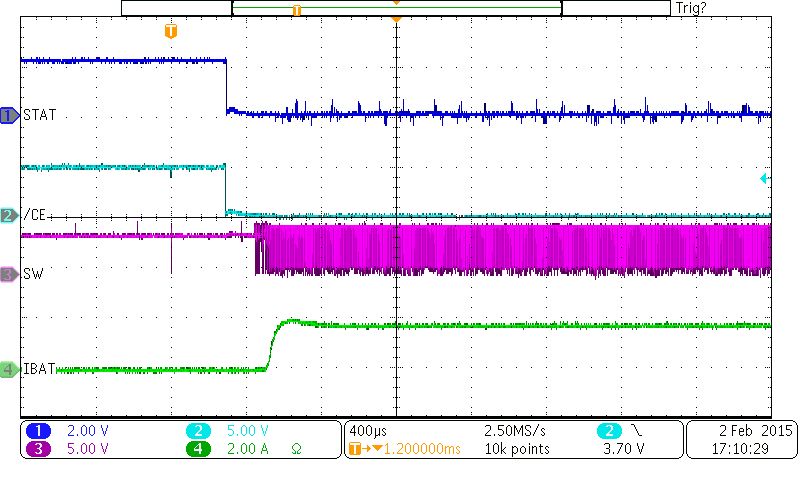
| VBUS = 5 V | ||
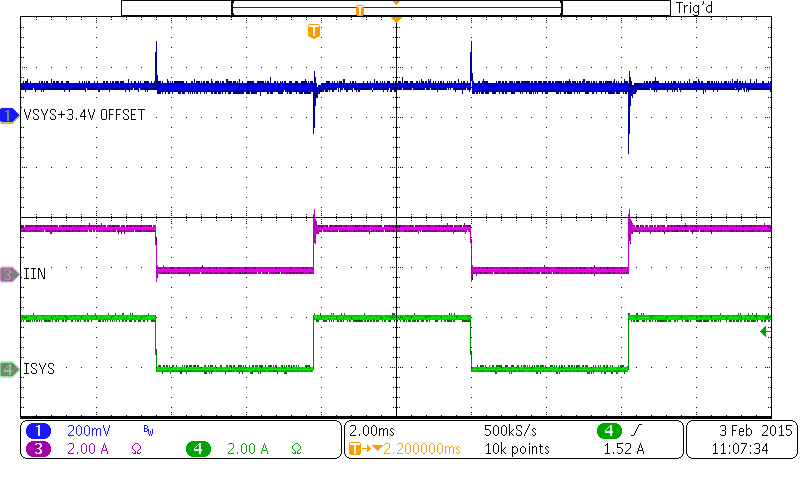
| VBUS = 5 V | IIN = 3 A | Charge Disable |
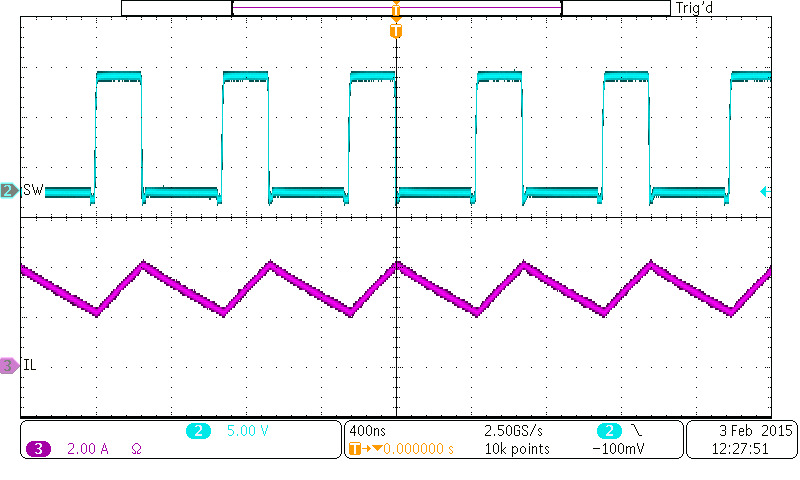
| VBUS = 12 V | VBAT = 3.8 V | ICHG = 3 A |
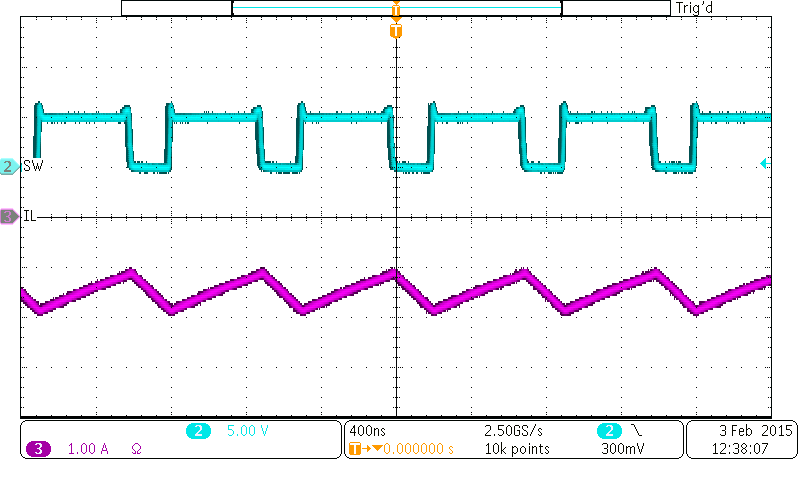
| VBAT = 3.8 V | ILOAD = 1 A | |
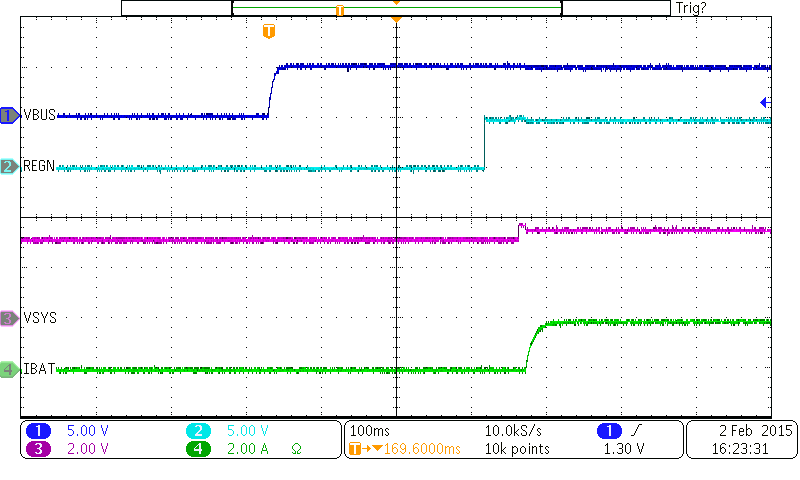
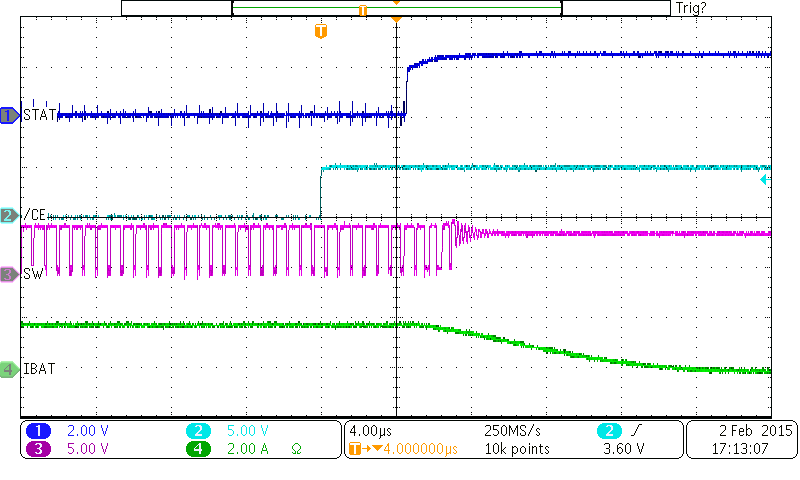
| VBUS = 12 V | ||
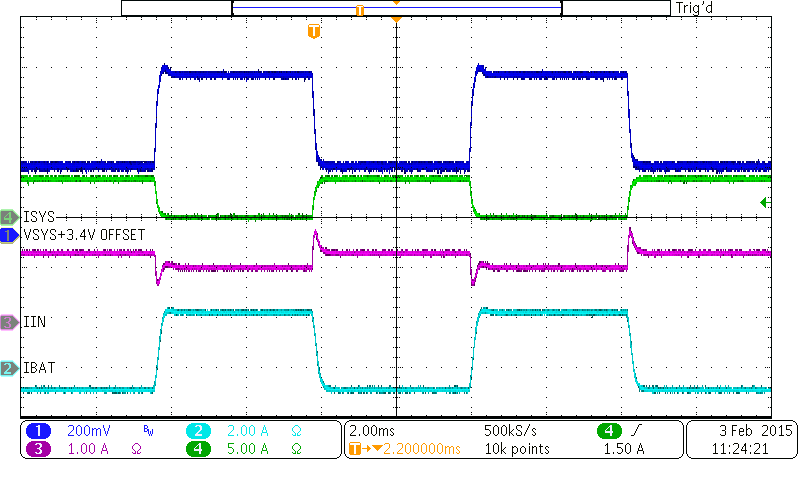
| VBUS = 9 V | IIN = 1.5 A | VBAT = 3.8 V |
| ICHG = 2 A | ISYS = 0 A - 4 A |
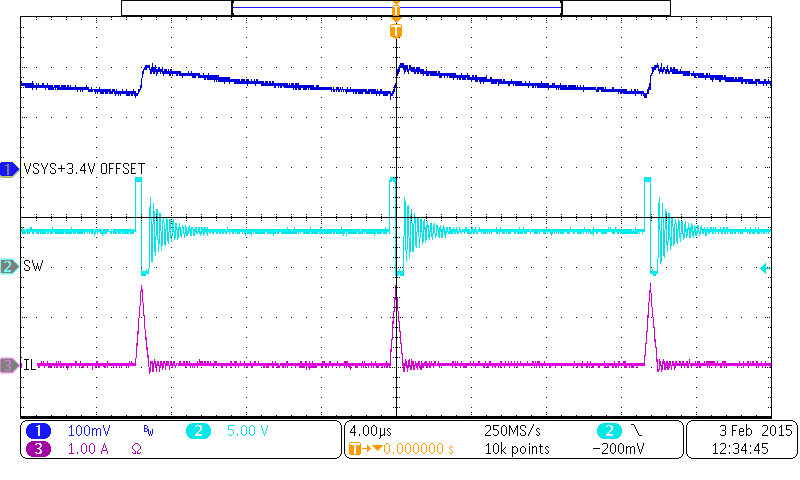
| VBUS = 9V | ISYS = 10 mA, | Charge Disable |
| No Battery |
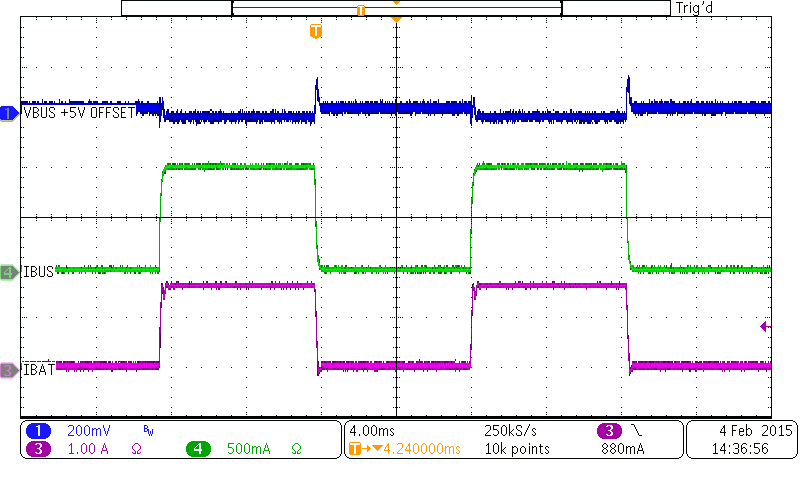
| VBAT = 3.8 V | ILOAD = 0 A - 1 A | |